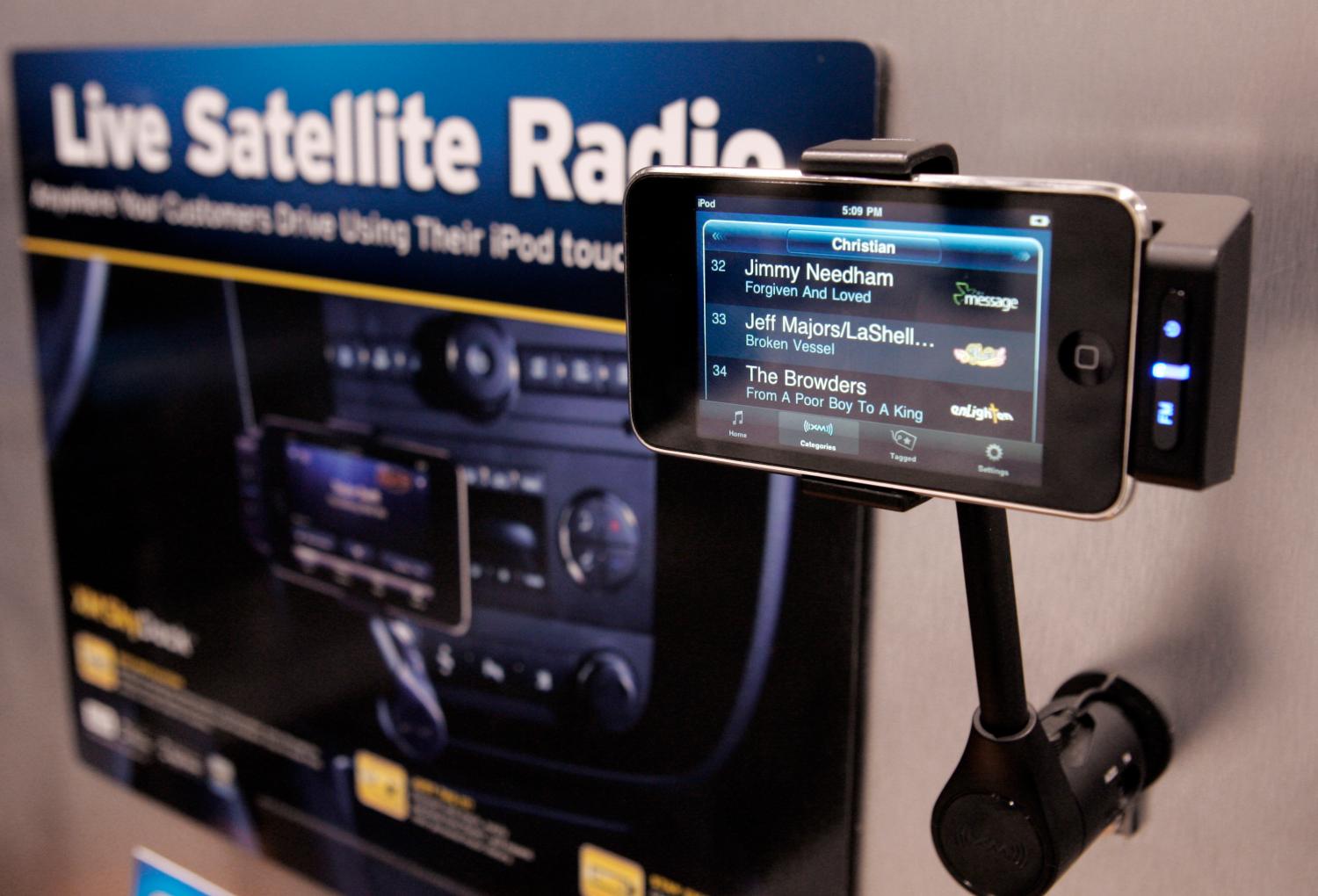Royalty rates play a crucial role in shaping the digital music broadcasting industry. If rates are too high, the ability of digital broadcasters to provide the public with access to music is impeded. If rates are too low, then recording artists do not receive a fair return on their endeavors. And if rates are inconsistent across different delivery mechanisms, then some business models are favored over others.
Today, the playing field in American digital music broadcasting is anything but level. For example, Internet radio companies can be compelled to pay over 60% of their revenue in sound recording performance royalties. By contrast, Sirius XM satellite radio currently pays only 8% of gross revenue. To make matters even more complicated, these rates are evolving over time in complex and sometimes unpredictable ways, making it nearly impossible for digital audio broadcasters to make reliable projections regarding their future content acquisition costs.
This new paper examines how the current patchwork of rates reflects a two-tiered system in American copyright law that partitions non-interactive digital audio services into two categories, each with its own standard for statutory performance royalty rate determinations. Services such as Internet radio that have the misfortune of being subject to the more onerous “willing buyer/willing seller” standard can face extremely high rates, while those such as Sirius XM satellite radio that are often associated with the more balanced standard known as “801(b)” enjoy much lower rates. Furthermore, access to the 801(b) standard is limited to certain services that were “preexisting” in 1998, the year that the Digital Millennium Copyright Act was enacted.
The current copyright royalty landscape creates significant inequities among current market participants. It also furnishes a strong disincentive to potential new market entrants and to the introduction of innovative new business models for delivering digital music. The good news is that these shortcomings can be addressed through simple, focused legislation to provide all non-interactive digital music broadcasters – not just a favored few – with access to statutory royalty rates determined according to the 801(b) standard. This would stimulate innovation and growth in a key segment of the broadcasting industry.
The Brookings Institution is committed to quality, independence, and impact.
We are supported by a diverse array of funders. In line with our values and policies, each Brookings publication represents the sole views of its author(s).





